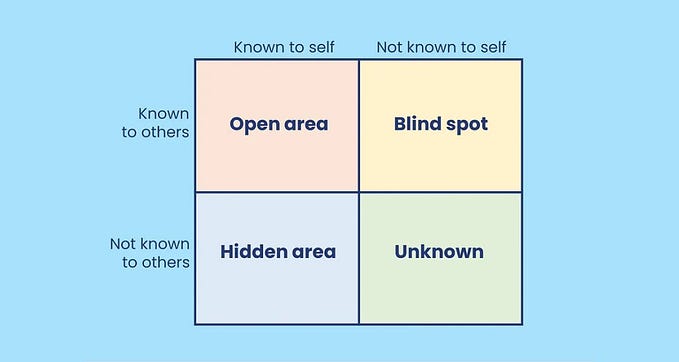State of UX in 2020
The rise of micro-communities
The promise of large online communities where designers can talk freely and learn from one another has not panned out. Instead, micro-communities are on the rise. Pick one or two trusted colleagues, select a few mentors outside of your bubble, and build your own sounding board if you are looking to have more honest and in-depth conversations about design.

We have all joined more design-themed Slack, Linkedin and Facebook groups than we can keep up with — maybe in response to the visceral human need to feel like part of something bigger than ourselves. But the reality of online communities is quite different from what they initially seem to promise. Groups with thousands of designers either become inactive once members realize they have little in common, or remain active but end up devolving into an endless stream of self-promotion and content marketing pieces. Discussion threads on Reddit or DesignerNews don’t delve deep enough into a topic because they are held back by miscommunications between participants. Design Twitter slowly becomes a shallow stream of polarizing, angry, and loud voices.
While large online communities play an important role in making design more accessible to more people, we have to re-focus on the smaller communities we build ourselves in order to get the full value out of our conversations.
The online design migration
All this doesn’t mean designers have stopped having online conversations with one another; it just means these conversations are migrating to a new type of community which is more intimate and focused. They are happening over WhatsApp, Telegram, direct messaging, and super-niched hubs. They are happening one-to-one or in small groups, rather than in large forums.
Designers are informally creating their own sounding boards: people with whom they feel comfortable sharing feedback, exchanging design references, discussing trends, or asking for advice on topics like salary, work dynamics, and career.
The same shift can be seen with design events. While large design conferences are a great platform for networking, small local meetups are more rewarding when it comes to learning and development, since they allow participants to engage in more real and honest question-and-answer sessions.
“The intimacy of smaller settings allows people to open up to each other in more authentic ways,” explains Kat Vellos, Senior Product Designer at Slack and founder of BayAreaBlackDesigners. “Smaller groups make it easier for participants to build psychological safety with each other. That’s much harder to do in a large room with hundreds or thousands of people. Psychological safety is the most important thing for getting people to trust each other and gel, and small groups/events will always be able to provide this in a more manageable way than humongous conferences.”
In 2020, the most relevant discussions in design are becoming local, authentic, and focused. Large communities become primarily a way to find and build smaller ones. In a world where everyone is shouting at each other, quieter and more thoughtful conversations become incredibly precious.
This article is part of our State of UX report: a holistic analysis of digital design as a discipline, and what to expect for the future.







